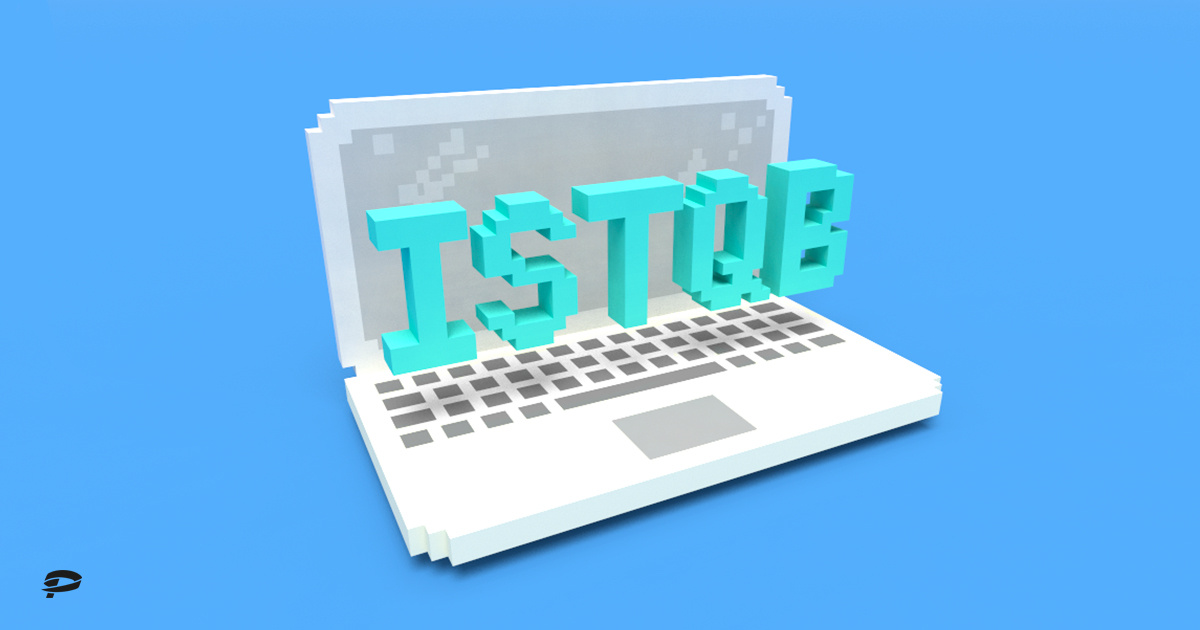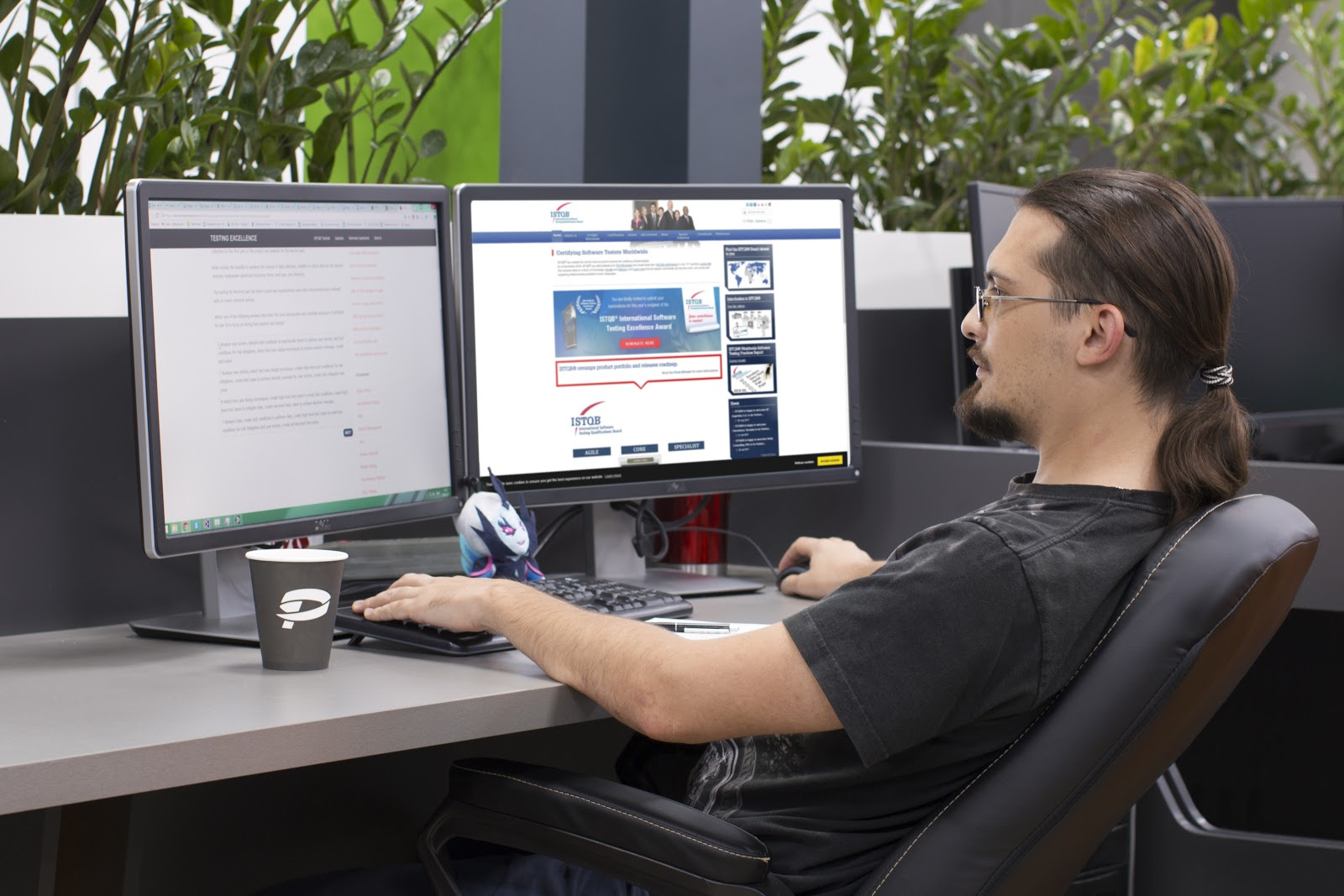How to prepare for the ISTQB exam? Testers of the Krasnodar studio Plarium share their experience

From the middle of the last century to the present day, software testing has come a long way and has become a separate area of the IT industry, along with programming and game design. From decade to decade, concepts, methodologies and tools changed. Now, being part of the QA (quality assurance) structure, testing covers all stages of the development process: from checking documentation to analyzing the finished product.
Such a rapid development of the industry is inevitably accompanied by an increase in the amount of information, as a result of which there is a need to unify existing knowledge and bring terminology to a single type. Thanks to the existing certification systems, specialists around the world can not only determine their professional level, but also fill in the gaps in education and get a general understanding of the theories, principles and technologies of testing.
')
In this article, the employees of the Quality Assurance department of the Krasnodar studio Plarium will share their experience in preparing for the ISTQB Foundation Level exam. For them, it became another opportunity to challenge themselves and test their strength.
Why do I need a certificate?
The non-profit organization ISTQB is engaged in defining various principles for the development of software testing, developing and maintaining certification systems, and also providing basic training programs.
Today, the ISTQB certificate is recognized almost worldwide, but it should be borne in mind that in most countries its presence serves as a weighty addition to the questionnaire, but is not a mandatory requirement for candidates for admission to work.
Foundation Level is a basic level of certification, which provides specialists with the possibility of further development and obtaining higher level certificates. To pass the Advanced Level exam, QA work experience (1.5 years) and a basic level certificate are required, and previous level certificate holders who have been working in the QA for at least five years are allowed to take the Expert Level exam, two of which they dedicated to that specialization for which the exam.
In our opinion, the Foundation Level certificate will be useful even for specialists with a significant amount of practical skills: they will be able to systematize their experience during training. It helps beginner testers to understand the variability of terminology, determine what is related to types and levels of testing, test management, time management, etc.

Exam preparation
The exam consists of 40 questions, each of which is offered several answers. The degree of intensity of training and the time frame (on average from 1.5 to 4 months) were determined by the employees of the studio Plarium on the basis of workload, individual abilities and the available theoretical basis. We outlined the main steps that will help make the preparation process as efficient as possible.
Step one: choose a language
Before you begin training, you must make an important decision: in what language to take the exam. Choosing English, you get an additional 15 minutes to pass the test. In addition, there are many more study materials in English than in Russian.
Those who prefer the Russian language usually feel more confident in the exam, but in this case so-called translation difficulties often arise: some terms do not have a Russian-language equivalent or differ from each other in different sources, which is why the answers may seem ambiguous .
Step two: study the sources
To obtain a certificate of basic level, experience in the field of testing is not necessary (as, for example, for Advanced and Expert levels): most of the tasks are focused on testing theoretical knowledge and terminology. That's why the staff at Plarium studio paid close attention to the sources recommended in the ISTQB documentation:
- Foundation Level Syllabus - a brief summary of the ISTQB materials, presented in both English and Russian.
- ISTQB Glossary is a glossary of terms, also available in both languages.

Of course, the study is not limited to the study of the outline and glossary. For those who speak English, the “Foundations of Software Testing: ISTQB Certification” by Rex Black, Dorothy Graham, Erik Van Veenendaal and the site https://www.testingexcellence.com can be a good help. From Russian authors we recommend Svyatoslav Kulikov and his book “Software Testing. Basic course ”, in which the material, supported by many examples, is built on the basis of the ISTQB exam.
We believe that this literature is quite enough to prepare for the certification of the Foundation Level, but if you need more information, please refer to the list of sources posted on the ISTQB official website .
Step three: solve the training tests
In addition to books, in the process of preparation, Plarium specialists used numerous tests available on the Internet in different languages. The timer, implemented in some of them, allows you to enter the desired rhythm, and the tasks as close as possible to the examination ones - to objectively assess your strength. Working with these simulators, Plarium specialists have achieved very good results. Here is one of the resources with tests: istqbexamcertification.com .

Step four: we work in a team
Plarium studio specialists have found that the most productive way to prepare is the combination of independent and team work. Regularly gathering for collective discussion, they were convinced that this way you can find answers to many controversial issues, come to a common opinion on terminology and cope with some difficulties, such as differences in theory and practice.
Experienced testers in most cases rely on their practical skills, which often go against theory. This leads to the fact that professionals who have an established approach to solving certain problems, have problems with passing the exam. That is why, when planning training, it is necessary to observe a balance: to be theoretically savvy is an undoubted advantage, but it is just as important to understand why the knowledge gained is needed and how to apply it in practice.
Tips
- Search for titles and translations of terms in various sources - in books and on specialized web resources.
- Read Foundation Level Syllabus and ISTQB Glossary in two languages and strengthen your knowledge of terminology.
- Study as much literature as possible and check the accuracy of the information.
- Perform training tests presented on the Internet.
- Get together with like-minded people and discuss your questions.
- Be confident. As a rule, correcting answers in a test rarely brings a positive result, and the option that you chose first is correct.
In conclusion, I would like to say that even at the dawn of the industry, specialists came to the conclusion: exhaustive testing is impossible. The ideal is unattainable, but it is in our power to understand how far we are from perfection, and to use all means to get one step closer to it.
Source: https://habr.com/ru/post/336636/
All Articles